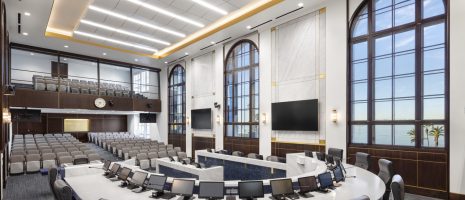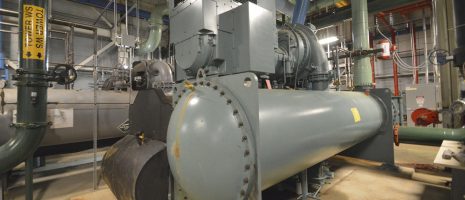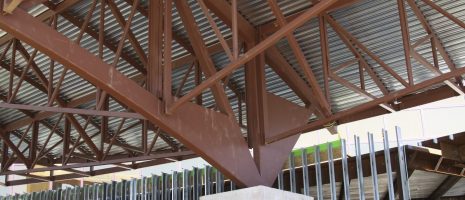All-electric heat now a good alternative for multifamily projects

By Donovan Geske
On most multifamily projects, first cost is the driving force on everything, including building system selection. While technology continues to change and the choices for systems are many, the tendency is to continue to design and install systems that are familiar, since both the cost of the system and the energy usage are very predictable.
However, traditional gas-fired systems have limitations on efficiency, especially on the heating side. Even though this equipment can run in the 92 percent to 96 percent efficiency range, it still consumes a considerable amount of energy, especially over its expected average lifetime of 12 to 15 years for the residential market. Fortunately, proven, all-electric options are now available that are getting closer to matching first costs of traditional systems while also providing long-term energy and maintenance savings and an improved indoor environment. These options include heat pumps and variable refrigerant flow (VRF) systems.
Heat pumps have improved to the point that they can run in extremely low ambient temperatures, with some models capable of operating at -22F. This technology can convert one unit of energy into an output two to four times that amount. As a result, in the proper conditions the energy consumption of a heat-pump-based system can be much less than that of a gas-fired unit.
VRF systems are like heat pumps in that they use electrically driven compressors to provide heating or cooling very efficiently. This technology, however, takes energy conservation one step further and trades heating and cooling within a building before utilizing the compressors. VRF systems are extremely beneficial in buildings with multiple exposures where cooling and heating needs vary throughout the day.
Both heat pumps and VRF systems also come with smaller indoor sections at the residential units compared to traditional systems. In addition to saving space (thus providing more usable square footage in the room), the reduced noise of these quiet units provides an additional benefit for residents.
With choices made today having long-term effects on energy consumption and cost, owners and developers planning to construct a new facility would be wise to consider these all-electric alternatives that are cost competitive, energy efficient, and reduce a building’s carbon footprint.












